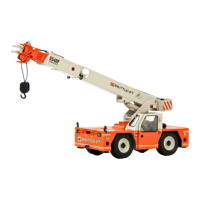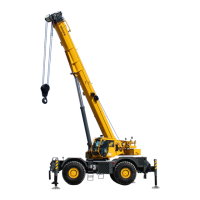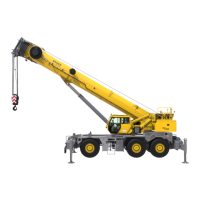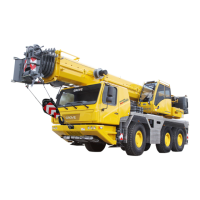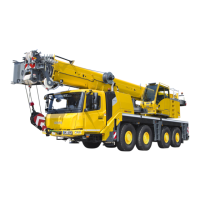INTRODUCTION CD3340B/YB4411
1-6
Published 04/07/2015 Control # 569-00
CLEANING INSTRUCTIONS
Complete Assemblies
Before removal or disassembly, clean the outside of the
component as necessary. Steam can be used if all openings
are closed to prevent water from entering the component.
Parts with Machined Surfaces
Gears, bearings, shafts, or other parts which have machined
surfaces can be cleaned with a solvent that is not flammable.
DO NOT clean these parts in hot solution tanks or with warm
water and alkaline solutions (for example; hydroxide,
othosilicates and phosphates).
Bearings
See bearing cleaning instructions in this section.
Rough Parts
Housings and case parts can be cleaned in hot solution
tanks with a mild alkali if these parts do not have machined
surfaces. Keep the parts in the solution long enough to be
thoroughly cleaned and heated. Flush the parts thoroughly
after cleaning to remove all residue of the alkali solution.
Rubber Parts
Use brake fluid to clean rubber parts. To inhibit damage to
the part, do not use mineral base solvents (for example;
acetone or paint thinner).
NOTE: Use brake fluid to clean rubber parts. Acetone,
paint thinner or other mineral base solvents must
not be used on rubber parts. Mineral base solvents
will cause damage and possible failure of the part.
After Cleaning
Remove all water or solvent from the parts immediately after
cleaning. Use compressed air or a clean cloth. Make sure
the parts are completely dry and clean. DO NOT use
compressed air on bearings. Spinning bearings without
lubricant will cause damage to the bearing.
To Prevent Corrosion
Apply a light weight oil to those parts which normally use
lubrication and are assembled immediately. If the parts will
be put into storage for any length of time, apply a rust
preventative lubricant and put a protective paper on the
parts.
O-RING, SEAL AND ELASTIC NUT
REPLACEMENT
Replace O-rings and gaskets whenever they are disturbed.
Never mix new and old seals or O-rings regardless of
condition. Always lubricate new seals and O-rings with
10W30 oil or petroleum jelly before installation. Replace all
used elastic locknuts with new parts.
HOSES AND TUBES
Inspection
1. If the hose end connections are damaged, always
replace hoses and tubes. Damaged, dented, crushed, or
leaking hose fittings restrict oil flow and the operation of
the parts being served. Fittings showing signs of
movement from their original position have failed and
must be replaced.
2. Be sure hoses are in good condition. If in doubt, replace
them.
3. Replace hoses if any of the following occur:
CAUTION
To prevent injury from burns, always use a solvent that is
not flammable for cleaning component parts. DO NOT
use gasoline or other flammable substances.
CAUTION
When using compressed air use only low air pressure and
keep air stream from direction of face. Injury to eyes could
occur.
Reference Only
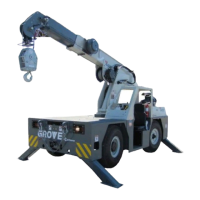
